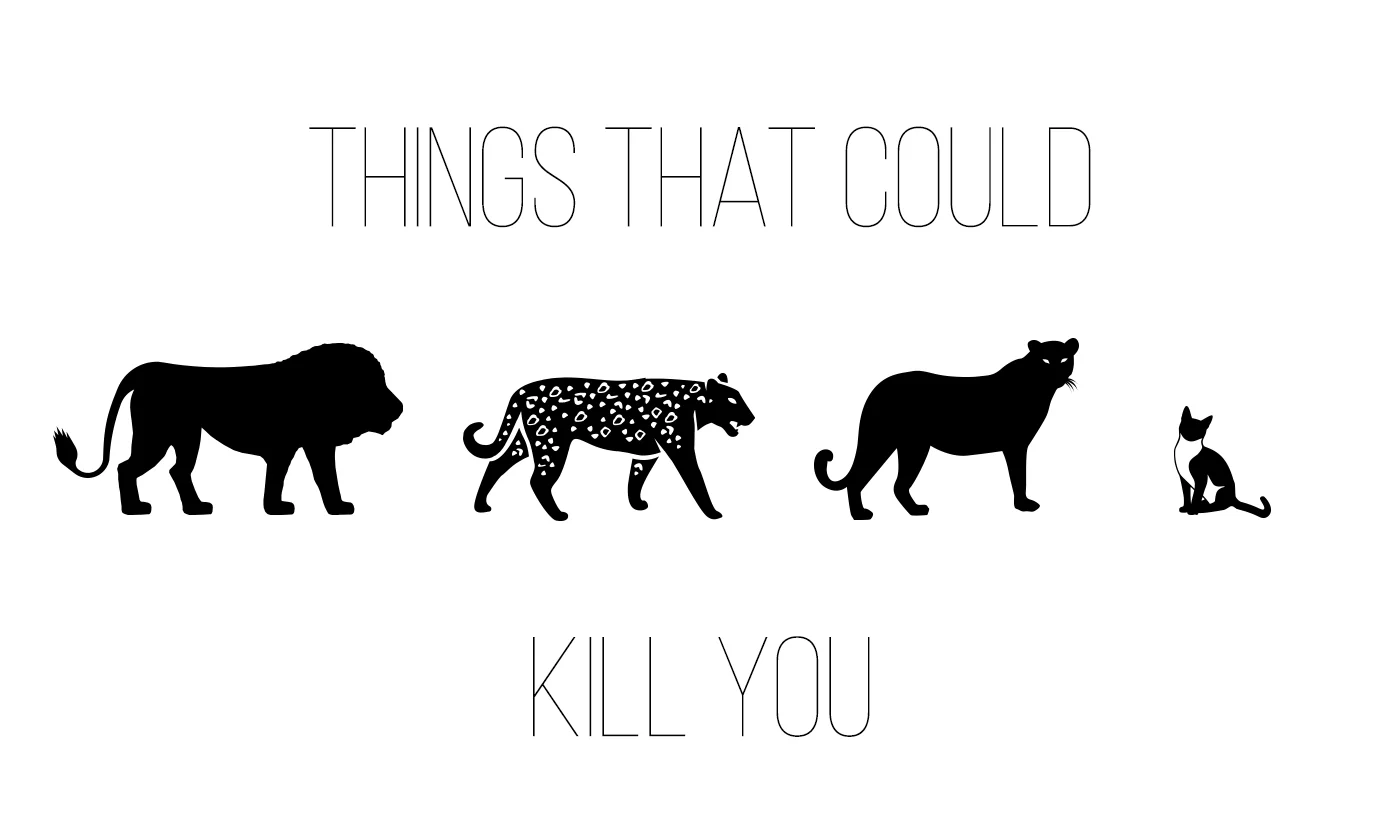Anchoring bias
Mental anchoring deals with our tendency to anchor our thoughts or decisions to the first piece of information we receive, regardless of whether it’s relevant.
For example, students in one experiment were asked to write down the last two digits of their social security number and then had to bid on a bottle of wine.
The students with the highest last two digits bid the most ($37.55 per bottle), and those with lowest last two digits bid the least ($11.73 per bottle).
Surprisingly, none of the students thought their social security number had influenced their bids.
This effect can be even more powerful when the anchor is related to a decision.
An example you’re likely familiar with; restaurants often place an incredibly expensive bottle of wine on their menu. This makes the other wines seem better value by comparison.
Retailers often use the ‘was/now price’ in a similar fashion. The ‘was’ price point acts as a price anchor so that when the ‘now’ price is advertised the customer thinks they are getting a great bargain.
Anchoring is an especially useful tool in haggling and negotiations and it was even used to introduce the iPad in 2010.






